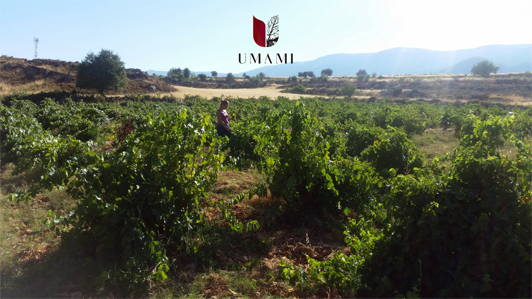


Umami Wines
Umami is among the fewest Lebanese micro-wineries owned and managed by females; our wine reveals our passion and dedication for what we produce, while focusing on showing that “It’s not a matter of taste; it’s all about the Fifth Taste, UMAMI”.
The savory and pleasant taste of wine is what Umami’s owner and winemaker, Ms. Hiba Salloum, is trying to accentuate from our sourced vineyards, ideally located in the Bekaa Region. We focus on taking the utmost care in our vineyards, and producing a limited quantity of our flavorful and rich wines, while using artisan winemaking methods.
The savory and pleasant taste of wine is what Umami’s owner and winemaker, Ms. Hiba Salloum, is trying to accentuate from our sourced vineyards, ideally located in the Bekaa Region. We focus on taking the utmost care in our vineyards, and producing a limited quantity of our flavorful and rich wines, while using artisan winemaking methods.
Factsheet
4
Items on 209 Lebanese Wine
Number of bottles produced per year:
21,000





